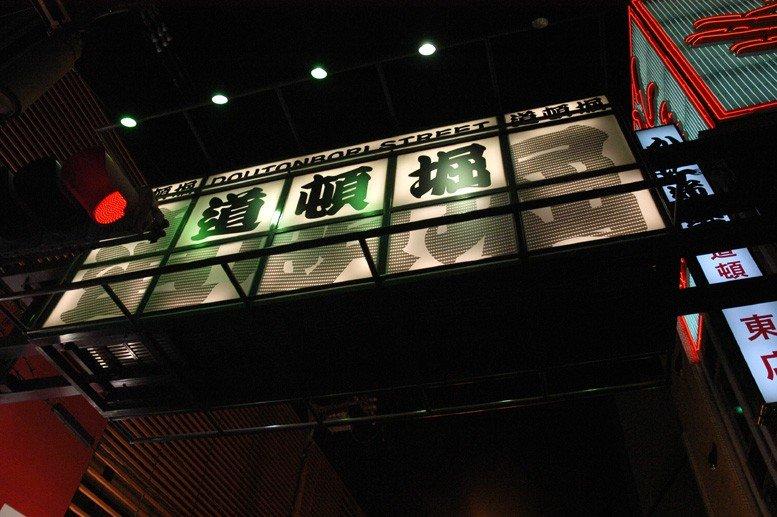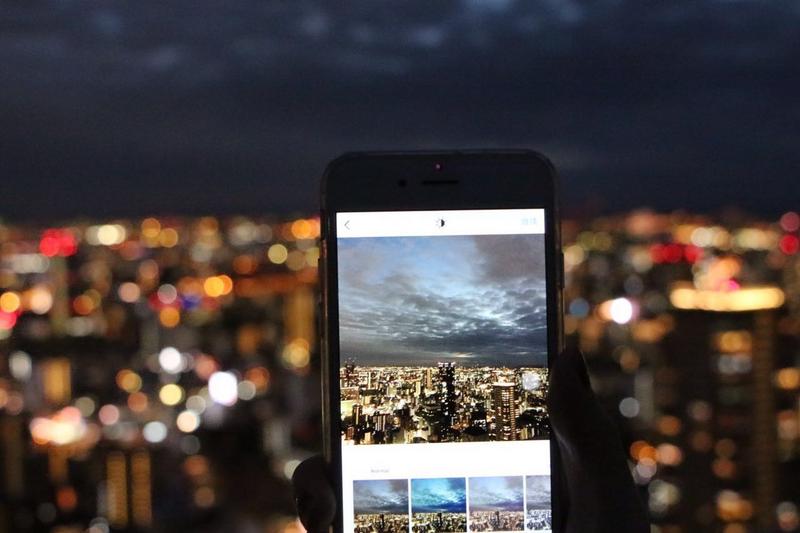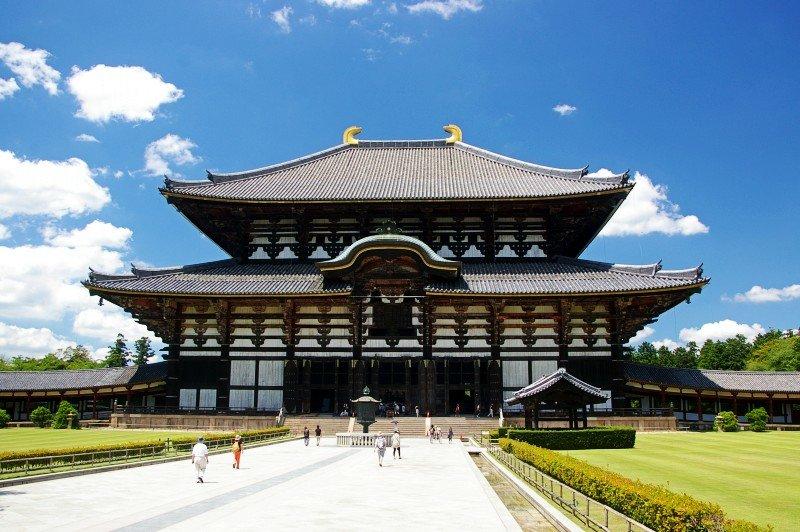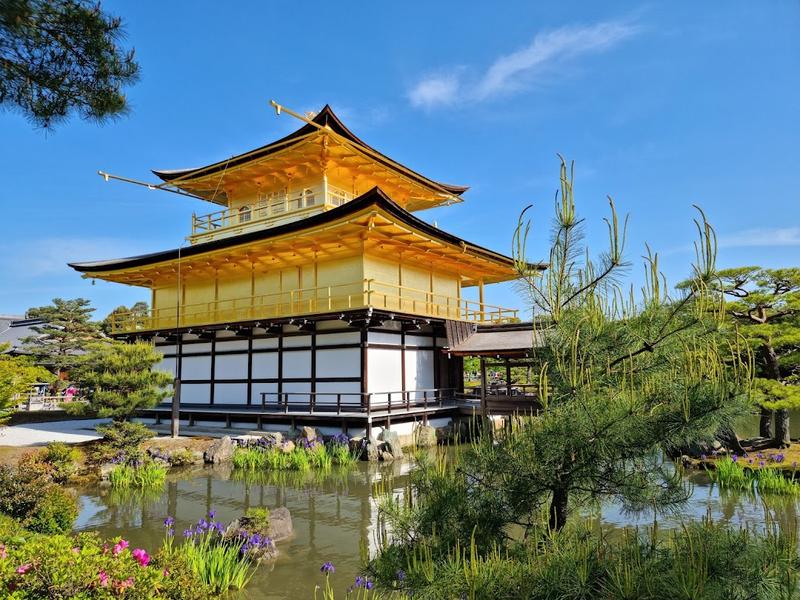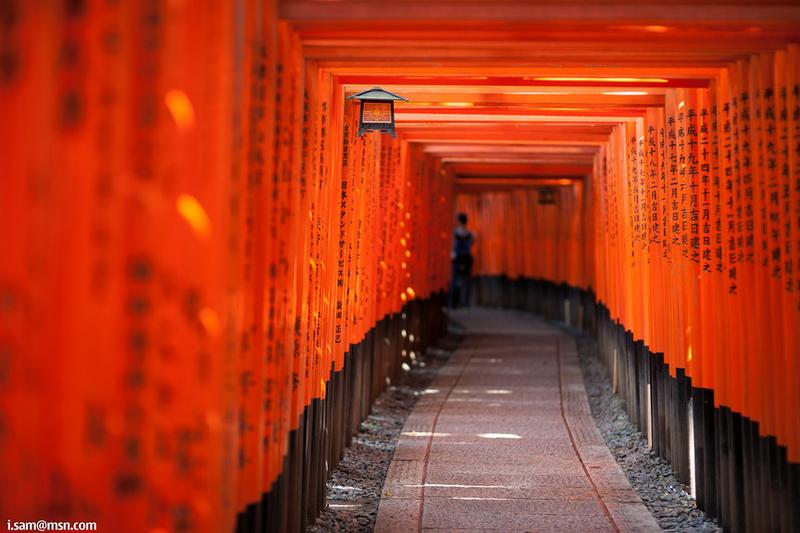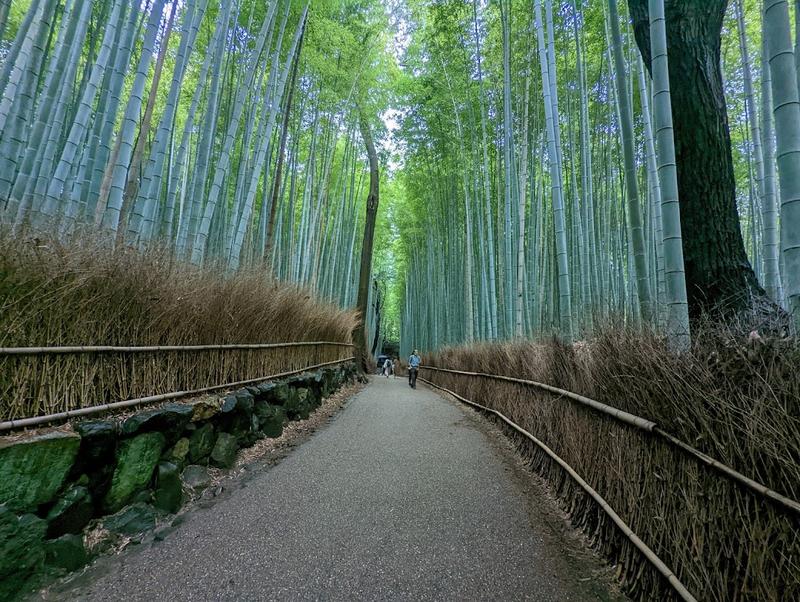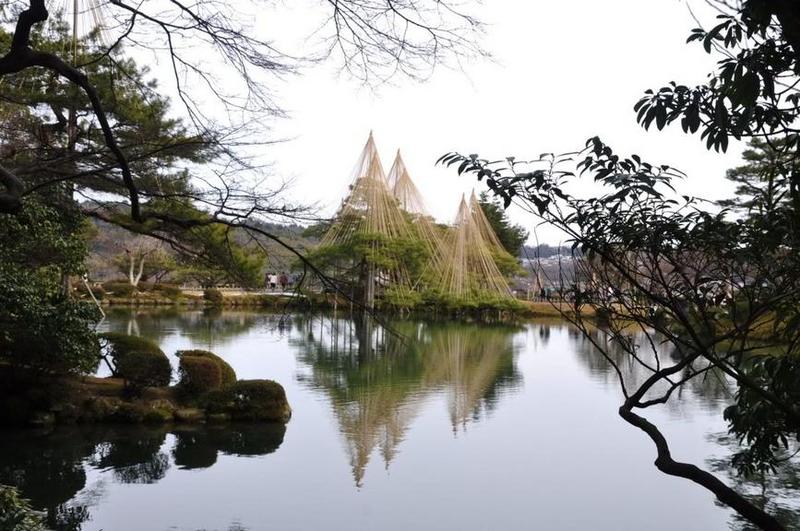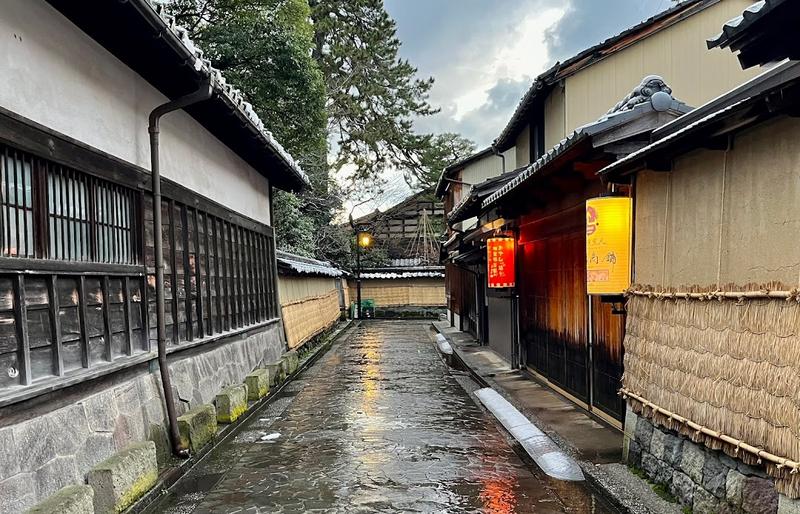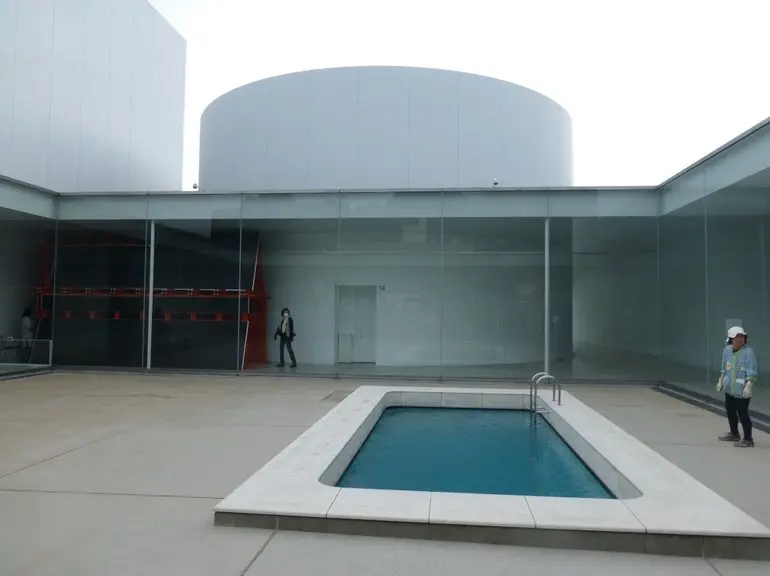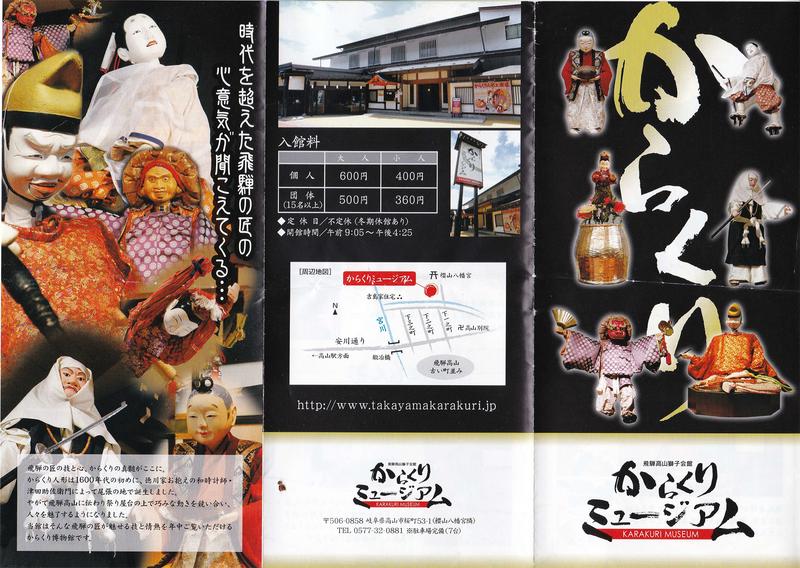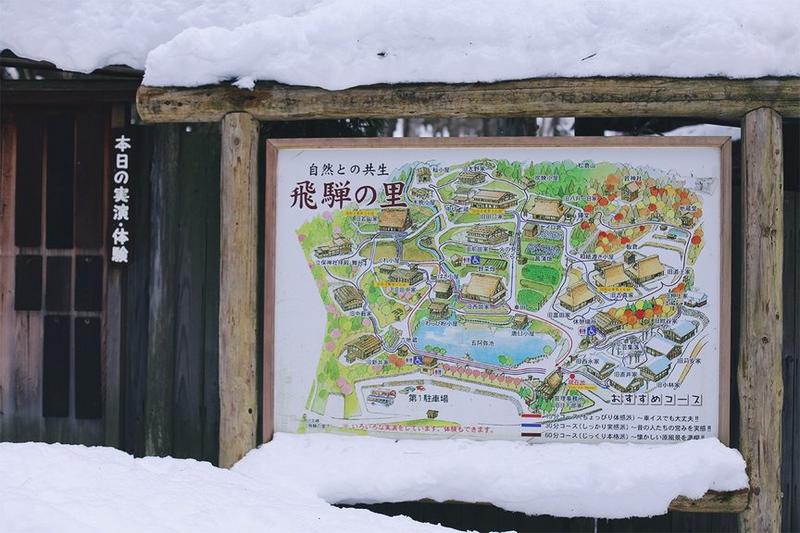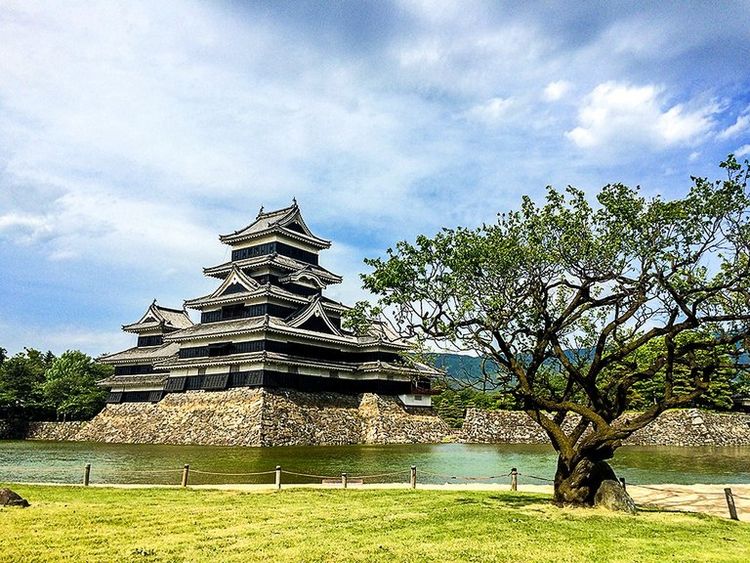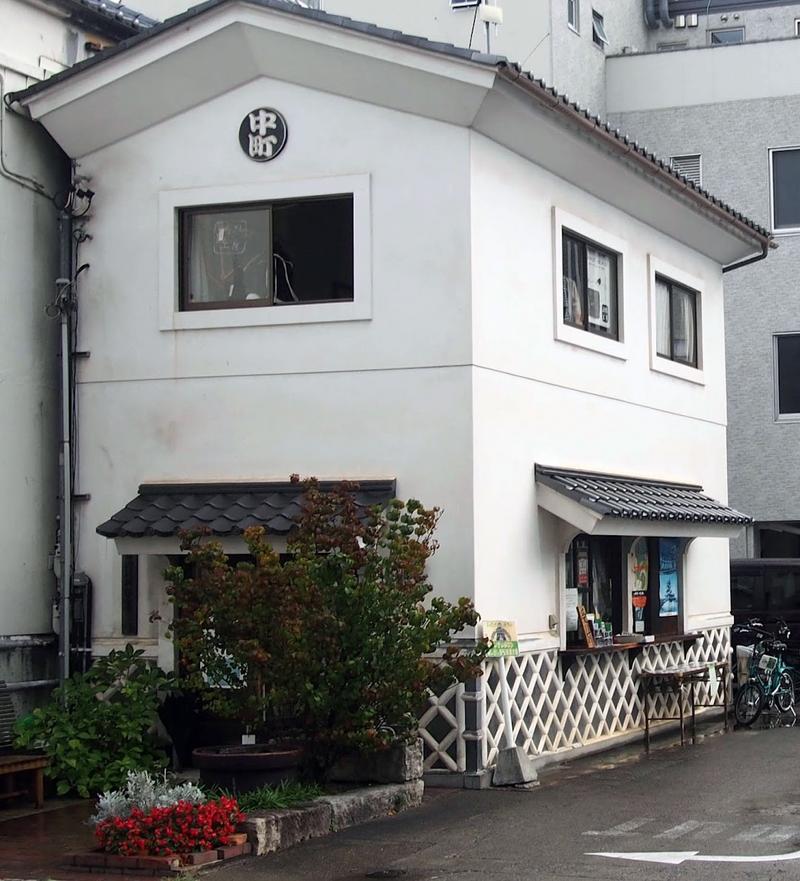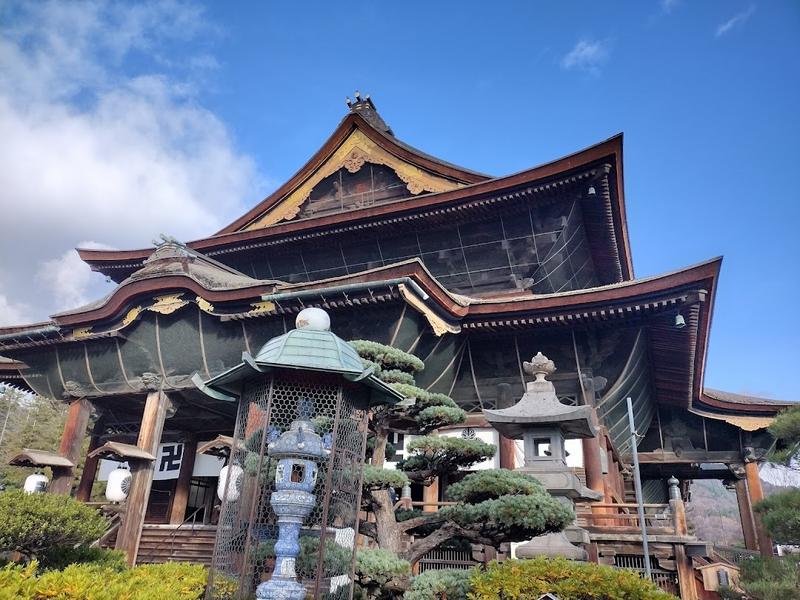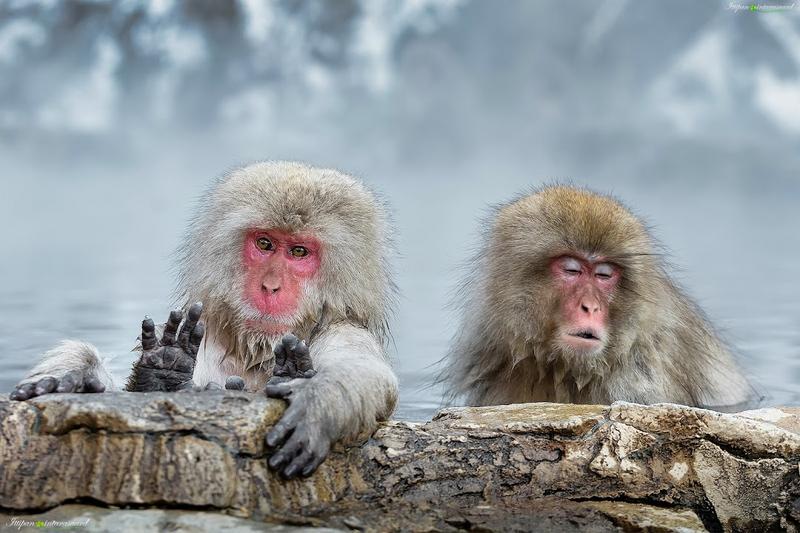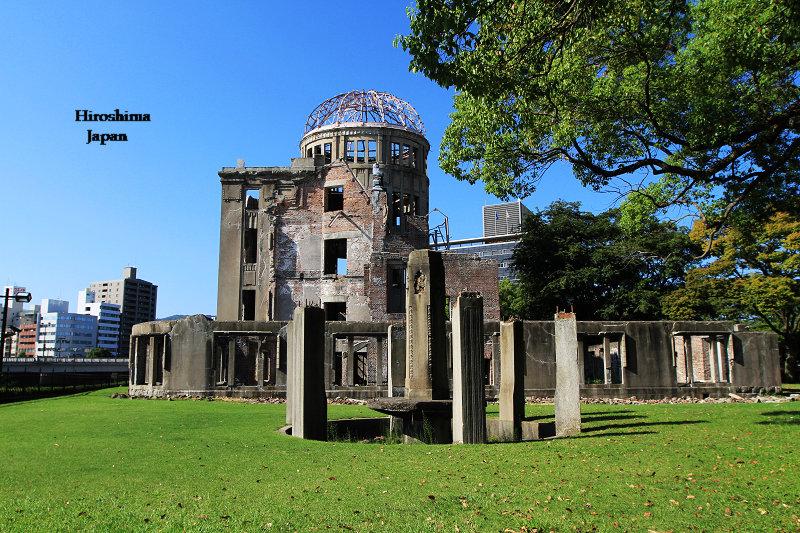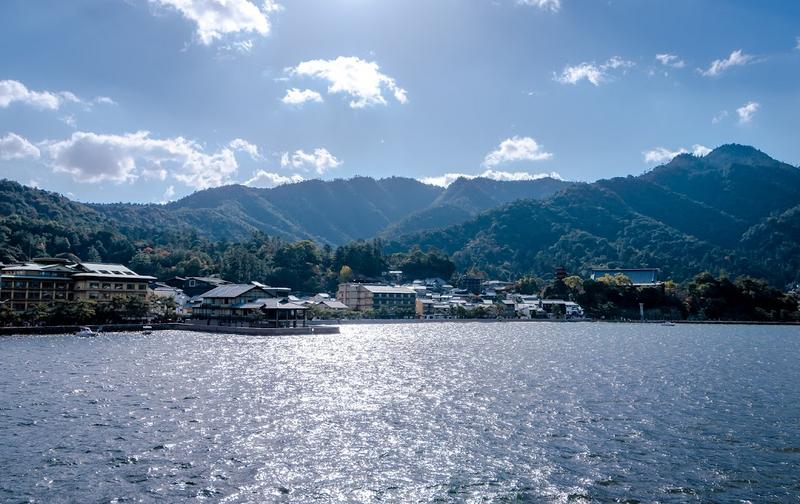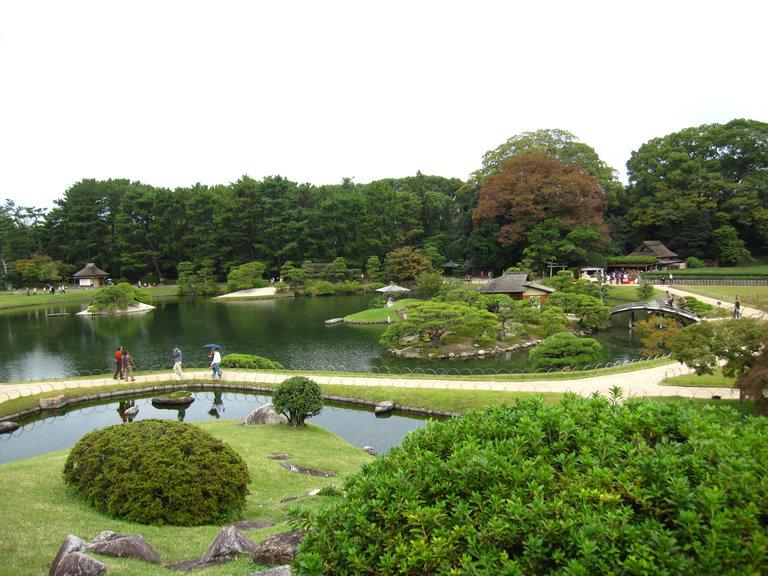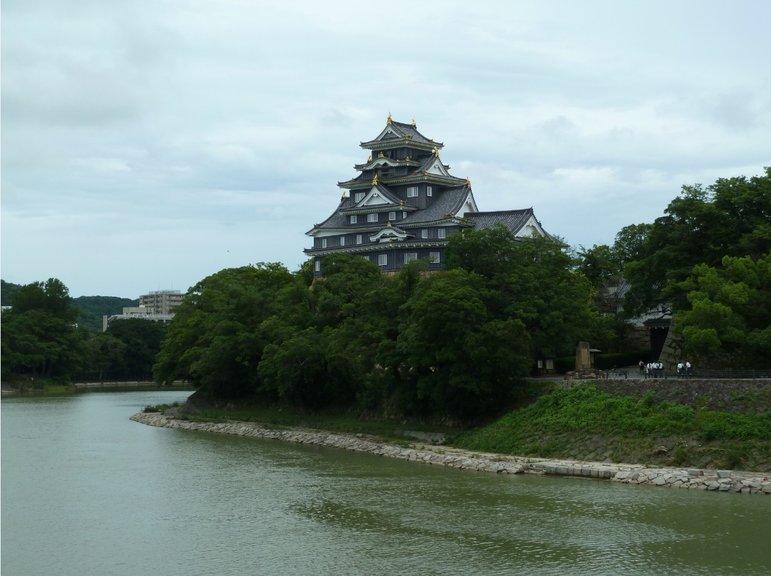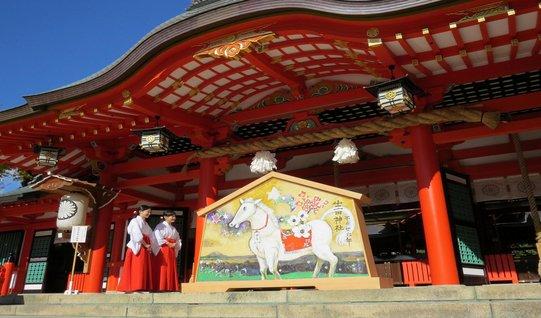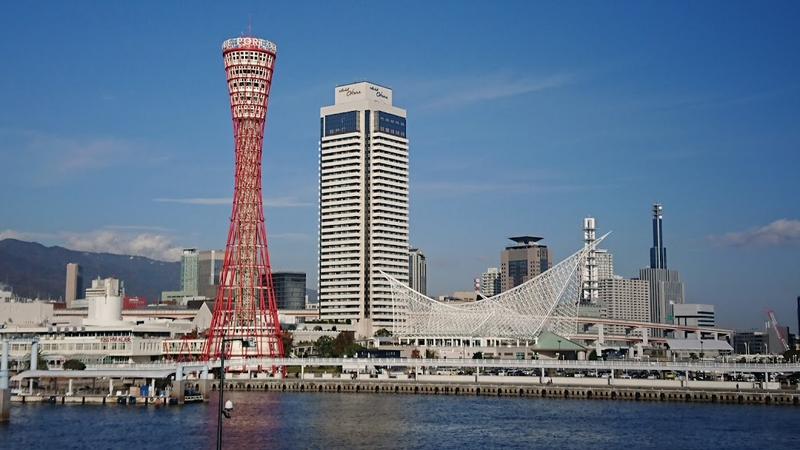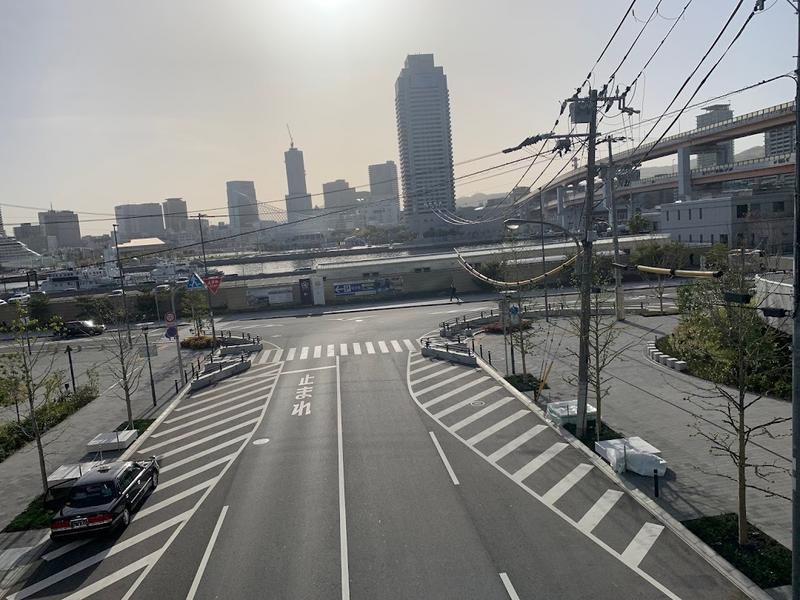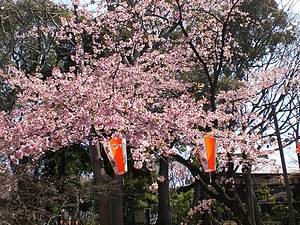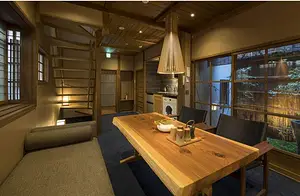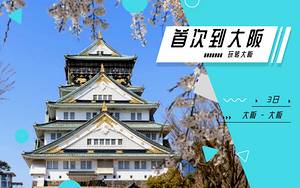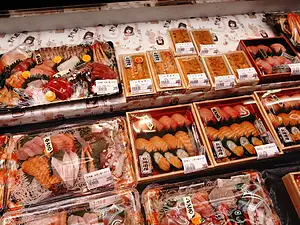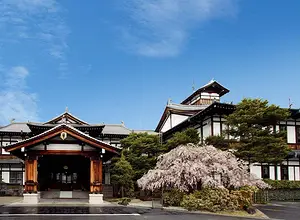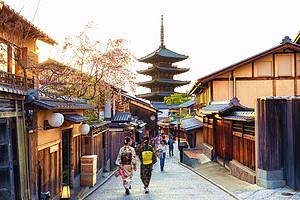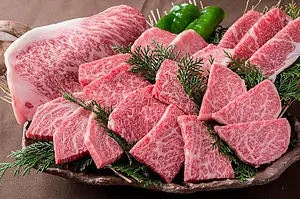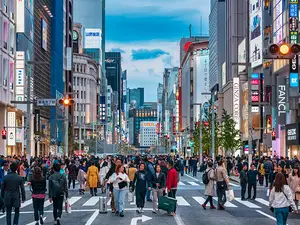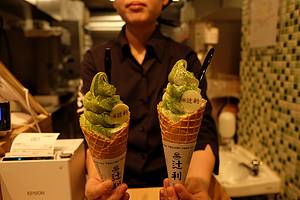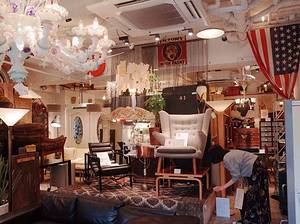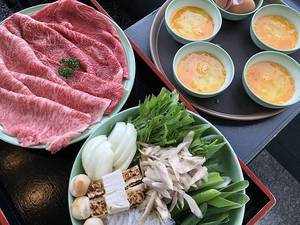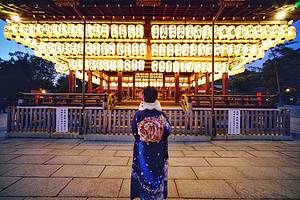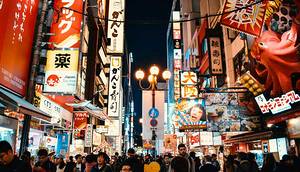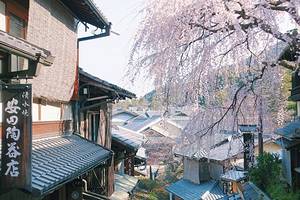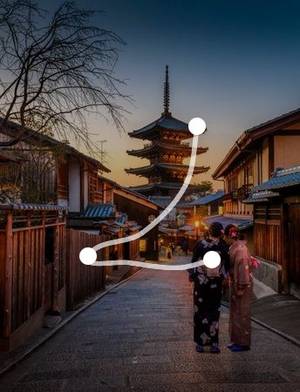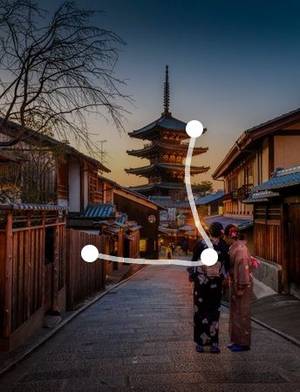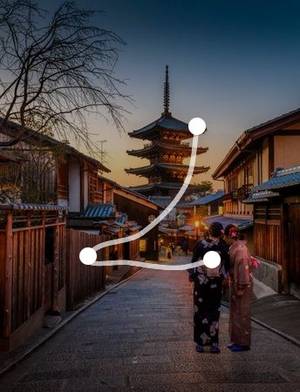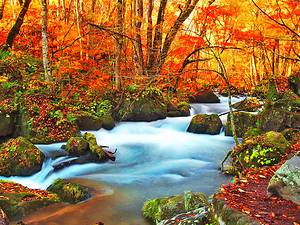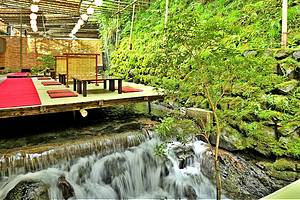Japan Road Trip: Osaka to Hiroshima and Beyond
10 cities |
23 attraction(s) |
total distance 1411
km
 TIPS
TIPS
Day1-3
Day4-6
Day7-9
Day10-12
Day13-14
Day15-17
Day18-19
Day20-21
Day22-23
Day24-25
Day1-3: Osaka
3 attraction(s) ·
8 km
1
Osaka Castle is a famous scenic spot located in Osaka Castle Park in Chuo Ward, Osaka City, and is one of Japan's three famous castles in history. It was the residence of Toyotomi Hideyoshi during the Momoyama Period, and was therefore also known as the "Golden Castle" or the "Castle of Brocade". After experiencing two battles at Osaka, Tokugawa Ieyasu defeated the Toyotomi family and Osaka Castle became an important stronghold for the Tokugawa shogunate to control western Japan. The fortress and the surrounding town of Osaka Castle have a total length of about 7.8 kilometers, which is comparable to the size of the inner castle of Edo Castle in its early period. In the late Edo period, including the outer castle town, the circumference was about 15.8 kilometers, similar in size to the Old Shanghai County City and Suzhou Prefecture.
3
km
2
どうとんぼり
Dotonbori is Osaka's most bustling district and also the local food center. It is the birthplace of Osaka's food culture and attracts many travelers who come to taste the cuisine. From takoyaki, teppanyaki, yakiniku, kushikatsu, revolving sushi to fugu cuisine, it covers almost all of Osaka's characteristic cuisine, even inconspicuous small shops can serve delicious food. This longing food culture fully demonstrates the appetite of the people of Osaka, and it's not uncommon to eat until bankrupt.
If you want to recommend a few stores, it is recommended to try the “Kinryu Ramen” with always-long queues in front of the store, the teppanyaki original “Botechu” and the famous store “Konamon Museum”, where you can experience the experience of tasting and making takoyaki. In addition, “Osaka Ohsho” and “Kani Douraku” are also worth trying. The most authentic taste of these two nationally known chains is in their main stores.
In addition to food, you can also visit Hozenji Temple, go to the Matsuzakaza to enjoy Kabuki performances, take a walk along Dotonbori River at night, enjoy the colorful neon lights, and experience the feel of the Edo period.
5
km
3
The Umeda Sky Building, located in the northern part of Osaka Station, is a high-rise interconnected building with 40 above-ground floors and 2 underground floors. Composed of Tower East and Tower West, the top is connected by a circular sky garden, making it one of the few buildings in Japan with a 360-degree open rooftop observatory. It is not only a popular viewing spot for one of Japan's "100 Sunset Views," but also a great place to enjoy the bustling night view of Osaka after dark. The observatory has special seats designed for couples and an aerial courtyard grand shrine where people can pray for love. The fluorescent stone floor on the rooftop creates a romantic and mysterious atmosphere, making it a popular dating spot for travelers and couples.
Day4-6: Nara > Kyoto
4 attraction(s) ·
60 km
1
Todai-ji Temple is a famous temple of the Hua-yen Sect in Japan, also known as Da Hua-yen Temple, the Four Heavenly Kings Hall of the Golden Light Guard Temple, and so on. It is located in the eastern part of Heijo-kyo (now Nara), and is one of the seven great temples of the southern capital, with a long history of about 1200 years. In 1998, Todai-ji Temple was listed as a World Cultural Heritage Site as a part of the historical relics of ancient Nara. The Great Buddha Hall of Todai-ji is one of the largest wooden buildings in the world, with a frontage of 57 meters and a depth of 50 meters. Within the Great Buddha Hall stands the 15-meter-high Rushana Buddha. In addition, there are other famous buildings in the Todai-ji Temple complex such as the South Gate, the February Hall, the March Hall, and the Shoso-in Repository, all having extremely high historical, cultural, and artistic value.
41
km
2
Historic, tranquil temple with a gold-leaf facade set amid landscaped gardens & a reflecting pond.
9
km
3
Fushimi Inari Taisha is located at the foot of Mount Inari in the southern part of Kyoto, with a long history. Legend has it that the agricultural deity Inari enshrined here can bless business prosperity and abundant harvest, attracting many pilgrims to worship. Foxes are considered messengers of the gods, so there are many different-shaped fox stone statues and fox-faced prayer plaques, showing people's reverence for foxes. Fushimi Inari Taisha is not only worth visiting for its main building, but also known for its "Senbon Torii" or "Thousand Torii Gates". This path to the mountaintop is lined with hundreds of vermilion-colored torii gates, spanning about 4 kilometers in total. It takes 2-3 hours to walk round trip to the mountaintop. This route is one of the representative landscapes of Kyoto and has appeared in the movie "Memoirs of a Geisha", leaving a deep impression with the scenes featuring the backdrop of the thousand torii gates.
11
km
4
A popular sightseeing path runs uphill through this forest of towering bamboo stalks.
Day7-9: Kanazawa
3 attraction(s) ·
2 km
1
Kenrokuen Garden, located in the center of Kanazawa, Japan, is an elegant and exquisite Japanese-style garden. It is one of the three most famous gardens in Japan due to its grand scale and artistic beauty. The garden, which was constructed by several generations of the Maeda family, features a large central pond surrounded by Japanese-style rock formations and pavilions, offering panoramic views from any location. Inspired by an ancient legend, the design concept includes multiple small islands in the pond facing the sea, where immortal beings from myths reside, symbolizing eternal youth and prosperity for the Maeda family. Kenrokuen Garden is renowned for its unique landscape elements, including grandeur, tranquility, artistry, antiquity, water features, and distant views, making it a representative of Japanese gardens. The iconic koto-shaped lanterns scattered throughout the garden and the water fountains that use natural water pressure created by elevation differences are among its most famous features. Each season in Kenrokuen Garden showcases different natural beauty, including cherry blossoms and plum blossoms in spring, rhododendrons and irises in summer, vibrant autumn foliage, and a touch of poetic beauty with snow on the pine trees after November 1st each year.
2
km
2
Village featuring cobblestone streets & former samurai homes, plus shops & restaurants.
1
km
3
The Kanazawa 21st Century Museum of Contemporary Art opened in 2004, showcasing numerous artworks. Just a year later, it attracted 1.57 million visitors, and after five years, the total number of visitors reached 7 million. It is regarded as an important tourist attraction alongside Kenrokuen Garden and Kanazawa Castle. The museum's design won the Golden Lion award at the Venice Architecture Biennale. The exterior of the museum is a low glass cylinder with extensive use of glass walls, providing a visually striking "penetrating, flowing" effect, which is the uniqueness of the two designers. Inside, the most notable exhibit is the "Swimming Pool" by Argentine installation artist Leandro Erlich, where a 50-centimeter layer of "water" separates the pool top and bottom, allowing visitors to discover different perspectives from the poolside or "underwater".
Day10-12: Takayama
2 attraction(s) ·
3 km
1
In this museum, you will be able to enjoy over 300 lion head collections from various parts of Japan. These collections are designated as important cultural properties of Japan and have a long history of exquisite craftsmanship. In addition to the lion heads, you can also admire the art of mechanical dolls passed down from the Tokugawa shogunate period. The intricate designs of these dolls and the skillful craftsmanship and exceptional creativity behind them are truly awe-inspiring. Come to this museum and witness the splendor of these precious cultural artifacts.
3
km
2
The Hida Village in the suburbs of Gao Shan City covers an area of about 99,000 square meters and brings together more than 30 classic buildings representing the residential architecture of the Hida region, including national cultural relics. The buildings are diverse, with examples such as houses with thatched roofs and houses with hipped roofs, fully recreating the scenes of Hida in the past. These buildings house many precious ancient folk utensils, which have now become crafts that evoke nostalgia for the mountain village life and culture of those years. In the craft village, there are daily live demonstrations of traditional crafts such as Hida painting, weaving, and dyeing. In addition, there is a "folk art classroom" that offers visitors the opportunity to experience making Hida folk crafts such as grass weaving and fabric sewing.
Day13-14: Matsumoto > Nagano
2 attraction(s) ·
1 km
1
Matsumoto Castle is one of Japan's four national treasure castles, built in 1615. It is one of the oldest surviving castles and is known as the "Crow Castle" because of its black exterior. The main keep of the castle is one of the twelve surviving ones in Japan and, along with Himeji Castle, Inuyama Castle, Hikone Castle, and Matsue Castle, it is designated as a national treasure by the Japanese government. The main keep of Matsumoto Castle was built between 1593 and 1592, and it has five floors and six levels. The castle has faced the fate of reconstruction several times, but with the support and protection of the local citizens, it has been preserved for over 400 years. The castle is surrounded by a public park, where cherry blossoms bloom in spring, colorful foliage in autumn, and a thin layer of snow in winter, making it a pleasant sight in all seasons.
1
km
Day15-17: Nagano
2 attraction(s) ·
26 km
1
This renowned Buddhist temple founded in the 7th century features picturesque grounds & a museum.
26
km
2
Destination for up-close viewing of snow monkeys in a secluded park accessible by long, scenic walk.
Day18-19: Hiroshima
2 attraction(s) ·
19 km
1
Hiroshima Peace Memorial Park is located in the center of Hiroshima City and was designed and built by Japanese architect Kenzo Tange. The park is beautifully landscaped, with lush trees and especially stunning cherry blossoms in spring. Two rivers flow through the park, creating a stark contrast to the devastating impact of the atomic bombing during World War II. Within the park, there are memorials such as the Atomic Bomb Memorial Monument and the Hiroshima Peace Memorial Museum, embodying the spirit of peace and reverence for life. Every year on August 6th, Hiroshima holds a Peace Memorial Ceremony to remember the victims of the atomic bombing and advocate for world peace.
19
km
2
Island that's home to a number of temples & shrines, plus the Museum of History & Folklore.
Day20-21: Okayama
2 attraction(s) ·
1 km
1
Korakuen Garden is a pond-style garden built in Japan in 1700. It took 14 years to complete by the feudal lord Ikeda Tsunamasa of Okayama. It is one of the three most famous gardens in Japan along with Kairakuen Garden in Mito and Kenrokuen Garden in Kanazawa. Korakuen Garden is known for its beautiful scenery, abundant flowers and plants, and the harmonious blend of natural beauty and artistic elements. Although it took a long time to build, Korakuen Garden is now regarded as a paradise, showcasing the perfection of its construction and the intricate details that embody the elegance of Japanese garden art and the creativity of reform and integration.
1
km
2
Okayama Castle was built during the Shōhei era and once served as the headquarters of the Okayama Domain. Today, the Tsukimi Yagura and Nishinomaru Nishite Yagura within the castle are designated as important cultural properties in Japan. In 2006, Okayama Castle was included in the list of Japan's Top 100 Castles.
Day22-23: Kobe
2 attraction(s) ·
3 km
1
Ikuta Shrine is a historically renowned shrine that has left its mark in "Nihon Shoki" and "Makura no Soshi." The shrine features a vermilion-colored main hall and is surrounded by the lush Ikuta Forest to the north. There are also several beautiful spots within the shrine grounds, such as plum blossoms and irises. In the past, it was the territory of the shrine. The shrine is dedicated to the goddess Amaterasu, and visitors come throughout the year to pray for happiness and good health. Despite experiencing flooding and damage from wars in the past, as well as being affected by the Great Hanshin-Awaji Earthquake in 1995, it has always been rebuilt.
3
km
2
Waterside commercial & entertainment area in an old train station with shopping, hotels & dining.
Day24-25: Kobe
1 attraction(s) ·
0 km
1

